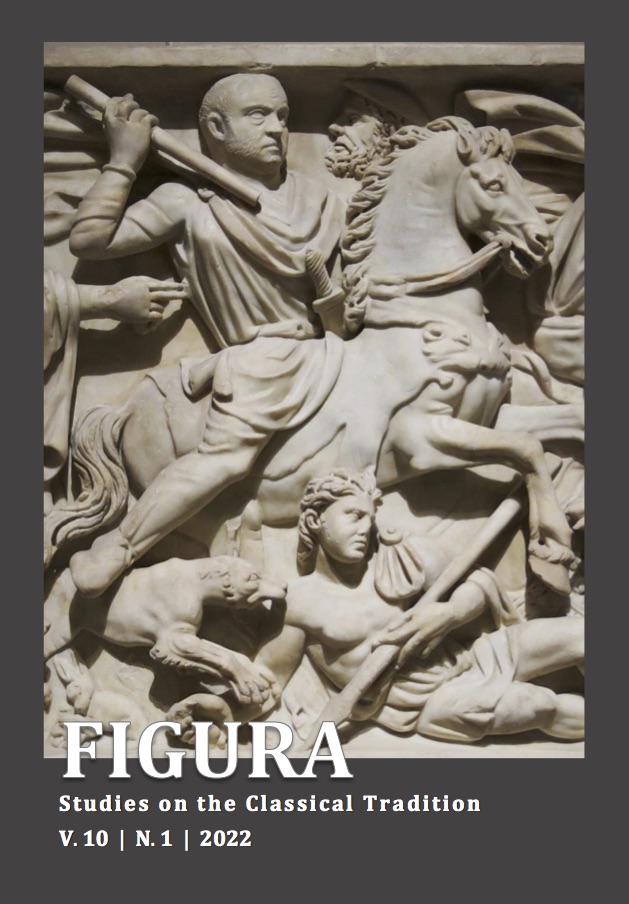Abstract
During the brazilian First Republic the Catholic Church built a series of large religious temples in the gothic revival style, major works such as the Sé Cathedral in São Paulo, which had as their main purpose, to resume the leading role in the field of faith of a Christian confession that was shaken by the introduction into the country of other Christian confessions with a reformist bias. But evangelicals were not far behind, they built temples in large cities, often also in gothic revival such as the Presbyterian Cathedral in Rio de Janeiro. Baptists, in particular, were fond of the classical revival, where, in the case of Vitória, Espírito Santo, they had two beautiful buildings built in this style in the early 1930s. The stylistic options of Baptists were imbued with symbolic and ideological purposes, discussing them is the principal aim of this paper.
References
Diário da Manhã. Vitória (periódico).
FARIAS, Pastor Manoel de. Pelos caminhos anunciai. Vitória: Convenção Batista do Estado do Espírito Santo, 1991.
Jornal Official. Vitória (periódico).
PATETTA, Luciano. “Considerações sobre o ecletismo na Europa” In: FABRIS, Annateresa (org). Ecletismo na arquitetura brasileira. São Paulo: Nobel, 1987.
RENO, Loren M. & RENO, Alice W. Recordações: vinte e cinco anos em Vitória, Brasil. Vitória: Convenção Batista do Estado do Espírito Santo, 2007 (edição original, 1930).

This work is licensed under a Creative Commons Attribution-NoDerivatives 4.0 International License.
Copyright (c) 2022 Nelson Pôrto Ribeiro

